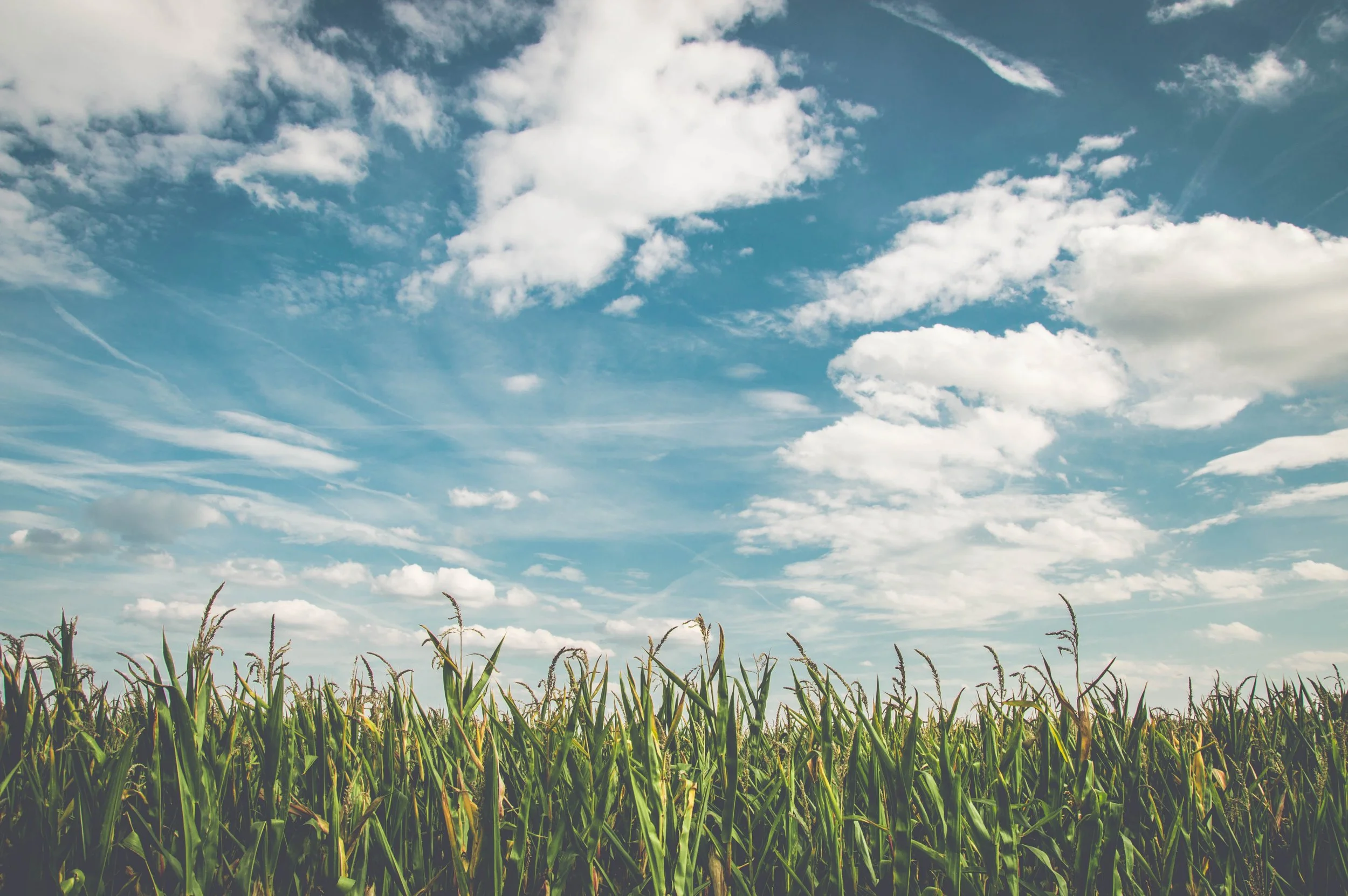The solution to global warming is right under our feet
The solution to global warming is right under our feet
Reducing our plastic consumption, switching to renewable energy sources and eating less meat are all things individuals can do to make small changes—small changes which, if we all commit, will snowball into a much larger impact. However, there’s something else you can do without changing your lifestyle habits any further: use your voice.
While we worry about our individual activities, big businesses escape the intense scrutiny required to make a change at industrial level. Industrial systems continue to flood the planet with plastics, pollute the air, and drive climate change; pointing the finger at these businesses can force change. We need to be petitioning our governments, making our voices heard through our votes, and boycotting companies with poor environmental credentials. A tall order but we recommend you start at ground level: with farming.
The food supply chain is the single largest direct and indirect driver of climate change: clearing land, burning, plowing and tilling natural habitats releases enormous quantities of greenhouse gases, combined with the methane and manure from cattle, other animals and the crops used to feed them. Transport these foods around the world to the societies demanding them and you’re adding the emissions from all the logistics involved there. Overall, agriculture generates more emissions than all the passenger airplanes, cars, ships and other vehicles in transit combined—30 percent of the global greenhouse gases emitted each year.
Agriculture is one of the ‘carbon pumps’ found in every country, on every continent; and addressing the problem has so far only led to international bickering and inaction as everyone argues over who should shoulder the blame and the burden. There’s a simple answer to that: everyone should. And there’s a simple solution: agriculture. Not in the way we’re used to: but regenerative organic agriculture. Carbon pumps send carbon emissions into the atmosphere—regenerative organic agriculture sinks that carbon back into the soil.
How? According to the Rodale Institute, regenerative organic agriculture improves the resources it uses, rather than destroying or depleting them. It’s a holistic approach to agriculture that ‘goes beyond sustainable’. As modern farming systems developed, the onus shifted to producing as much food as possible, as quickly as possible; capitalism and worldwide demand came into play in a big way. Synthetic nitrogen fertilisation, tilling, monocropping and yield-based management systems have replaced more sustainable approaches and are putting the planet at risk. These processes deplete the soil of its nutrients, including carbon, which means the land requires further synthetic fertilisation—exacerbating the situation in a vicious circle. Regenerative organic agricultural practices sequester carbon into the soil, pulling carbon dioxide from the atmosphere through the natural photosynthesis in plant growth and then minimising the loss of the carbon once it gets to the soil. The organic aspect boycotts synthetic pesticides and fertilisers to rebuild soil health through cover cropping, composting and crop rotation practices. Altogether, this form of agriculture could sequester more than 100 percent of current annual carbon dioxide emissions if practiced around the world. The Rodale Institute further explains agriculture that sequesters carbon also addresses the ‘planetary water crisis, extreme poverty, and food insecurity, while protecting and enhancing the environment now and for future generations.’ What’s more: it’s ready to go now.
Let’s repeat that: an agricultural system that would remove more than 100 percent of current annual carbon dioxide emissions from the atmosphere is ready to be implemented now.
It’s the solution we’ve all be looking for—so why hasn’t it been seized upon by farms all over the globe?
Simple answer: money. There’s a price attached to shifting practices: restarting the land with different crops, restoring the soil, moving away from synthetics and chemical-intensive agriculture—and individual farms and businesses don’t feel the need. They argue switching could reduce their yield and with ‘seven billion people to feed, we need every crop we can get’. We currently overproduce calories: we make enough calories to feed nine billion people right now and the thought that yield alone is enough to feed the people of the world is duplicitous. As the Rodale Institute points out, hunger and food access are not yield issues—they are economic and social issues rooted in inequality. Little to do with the volume of crops produced globally and everything to do with political systems.
This is where we can make a difference. Petition governments to switch to regenerative organic agriculture at every opportunity; choose organic produce and investigate your foods (where was it grown, how was it grown?); vote with your purse and boycott the companies protesting yield; vote at the polls for a government committed to tackling climate change in a tangible way. Share the information and demand change.
We are at the most critical point for climate change now: we have to combat this threat to humanity’s security. We have the solution ready to go and it’s time to insist on change.








In the United Kingdom, the United States, and Australia, one in five women will experience sexual violence in their lifetime but 95 percent of survivors don’t report their experiences. Not officially, anyway.